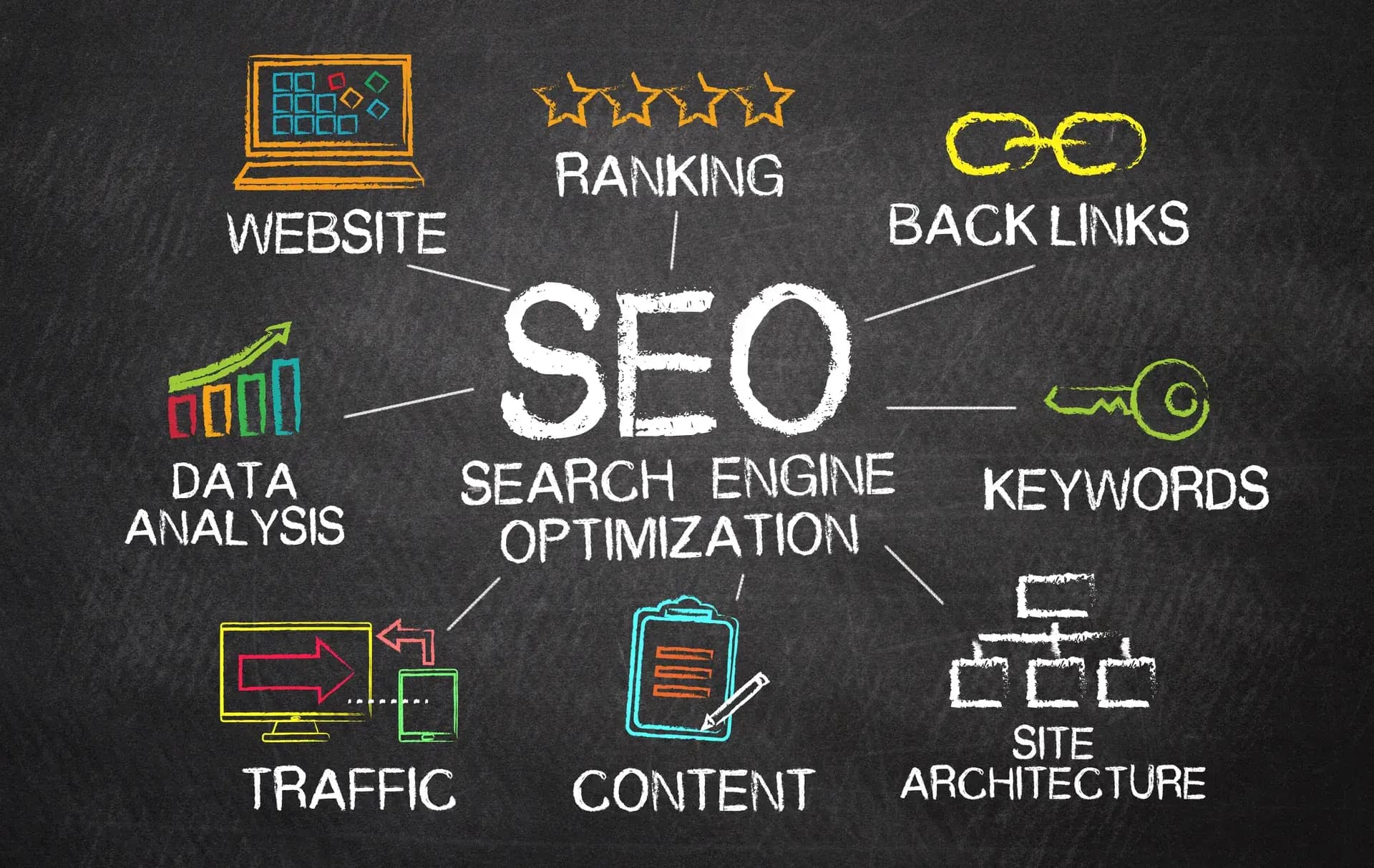One-page websites are becoming increasingly popular due to their simplicity and ease of navigation. However, optimizing them for search engines requires unique strategies. This comprehensive guide will explore effective SEO techniques tailored for one-page websites, ensuring your site ranks well while providing a seamless user experience.
Understanding One-Page SEO
SEO for one-page websites focuses on optimizing content and structure since all information is displayed on a single page. Key aspects include keyword targeting, metadata optimization, and user engagement.
1. Focus on Keyword Research
Identify primary and secondary keywords relevant to your content. Use tools like Google Keyword Planner or Ubersuggest to find keywords with good search volume but lower competition.
- Primary Keywords: These should be the main focus of your page.
- Long-Tail Keywords: Use these naturally throughout your content to attract specific audiences.
2. Optimize Meta Tags
Your title tag and meta description are crucial for SEO. For one-page websites:
- Title Tag: Keep it under 60 characters and include your primary keyword.
- Meta Description: Summarize the content in 150-160 characters, encouraging clicks.
3. Use Header Tags Wisely
Structure content with header tags (_H1, H2, H3_) to enhance readability and SEO:
- H1: Your main title should include the primary keyword.
- H2/H3: Use these for subheadings, including variations of your keywords.
4. Implement Anchor Links
Anchor links enable easy navigation on a one-page site. Use descriptive text for links to improve user experience and contribute to SEO.
5. Optimize Images
Images enhance visual appeal but can slow down loading times. Use these strategies to optimize:
- File Names: Use descriptive names with keywords.
- Alt Text: Add relevant alt text to describe images, enhancing SEO and accessibility.
- Compression: Use tools like TinyPNG to reduce image file sizes without losing quality.
6. Prioritize Page Speed
Loading speed is a critical ranking factor. Optimize your one-page website by:
- Minimizing HTTP Requests: Limit the number of files and elements on the page.
- Utilizing Browser Caching: Enable caching to help repeat visitors load your page faster.
7. Monitor User Engagement
Use tools like Google Analytics to track user behavior on your one-page website. Metrics to monitor include:
- Bounce Rate: Look for rates under 40% for effective engagement.
- Average Session Duration: Aim for longer durations to demonstrate value.
Conclusion
Optimizing a one-page website for SEO may seem challenging, but by following these strategies, you can improve visibility and user engagement. Remember, the goal is to create valuable content that serves your audience while adhering to SEO best practices. At Prebo Digital, we specialize in creating SEO-friendly websites, ensuring your online presence stands out. Contact us today for expert assistance!







